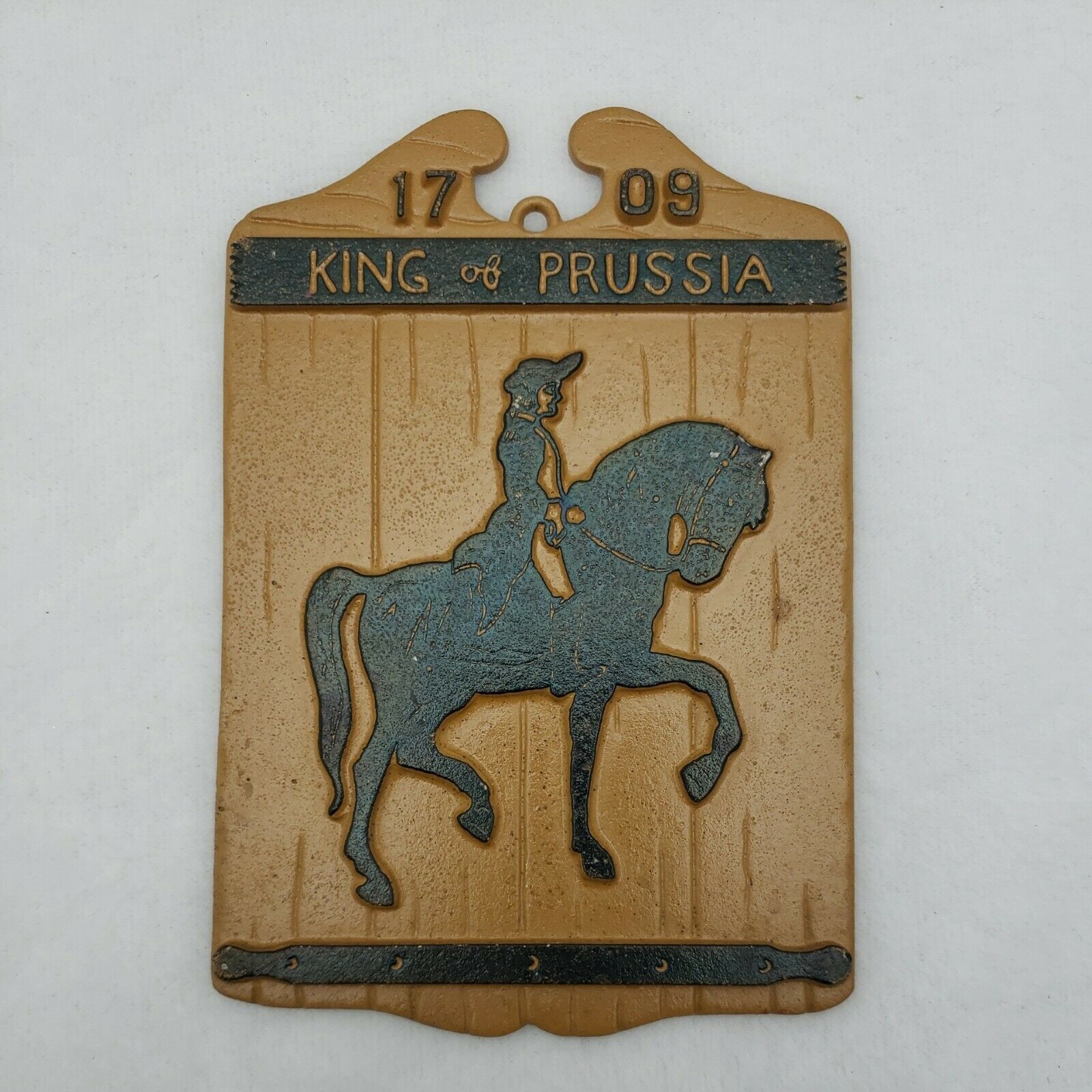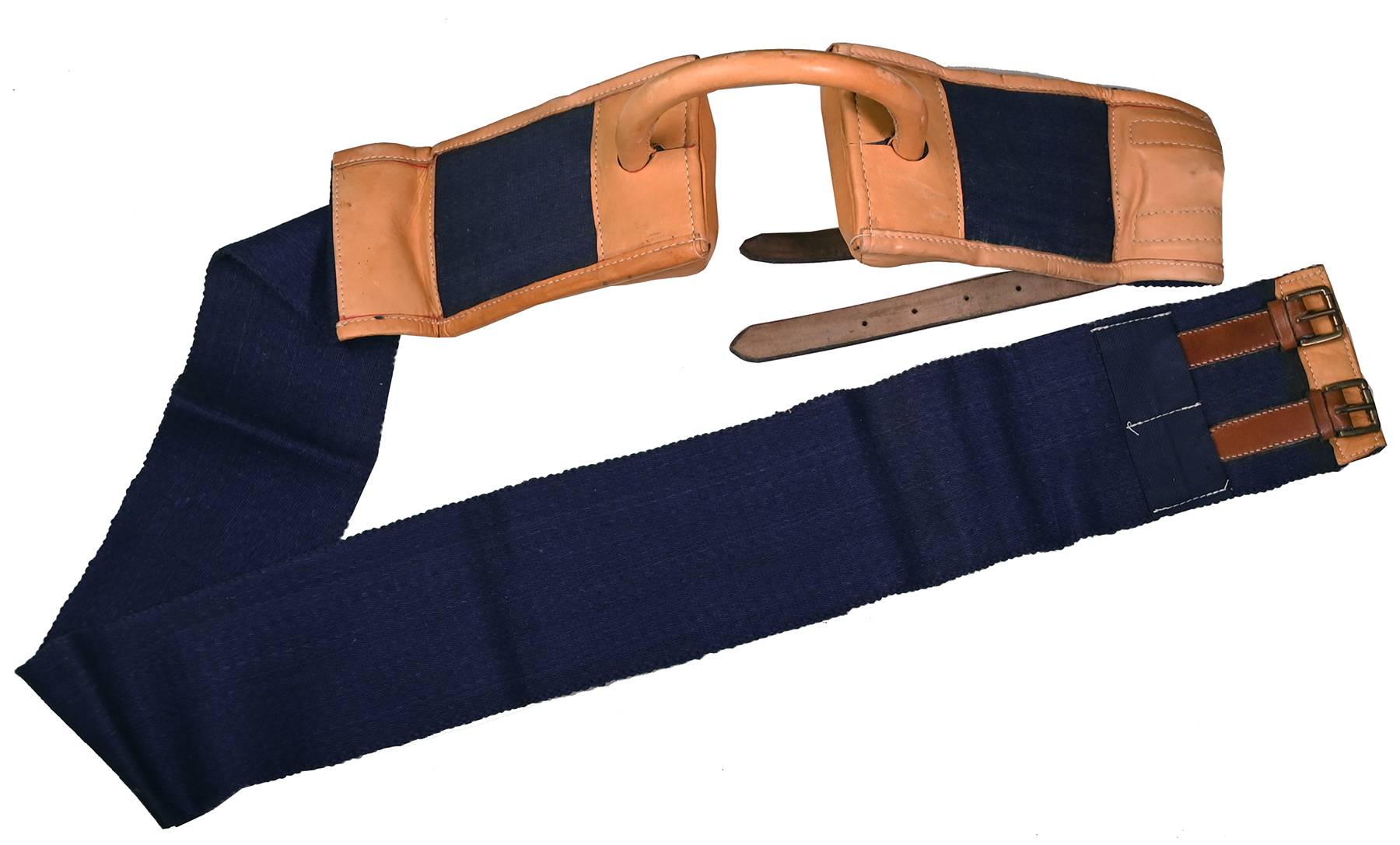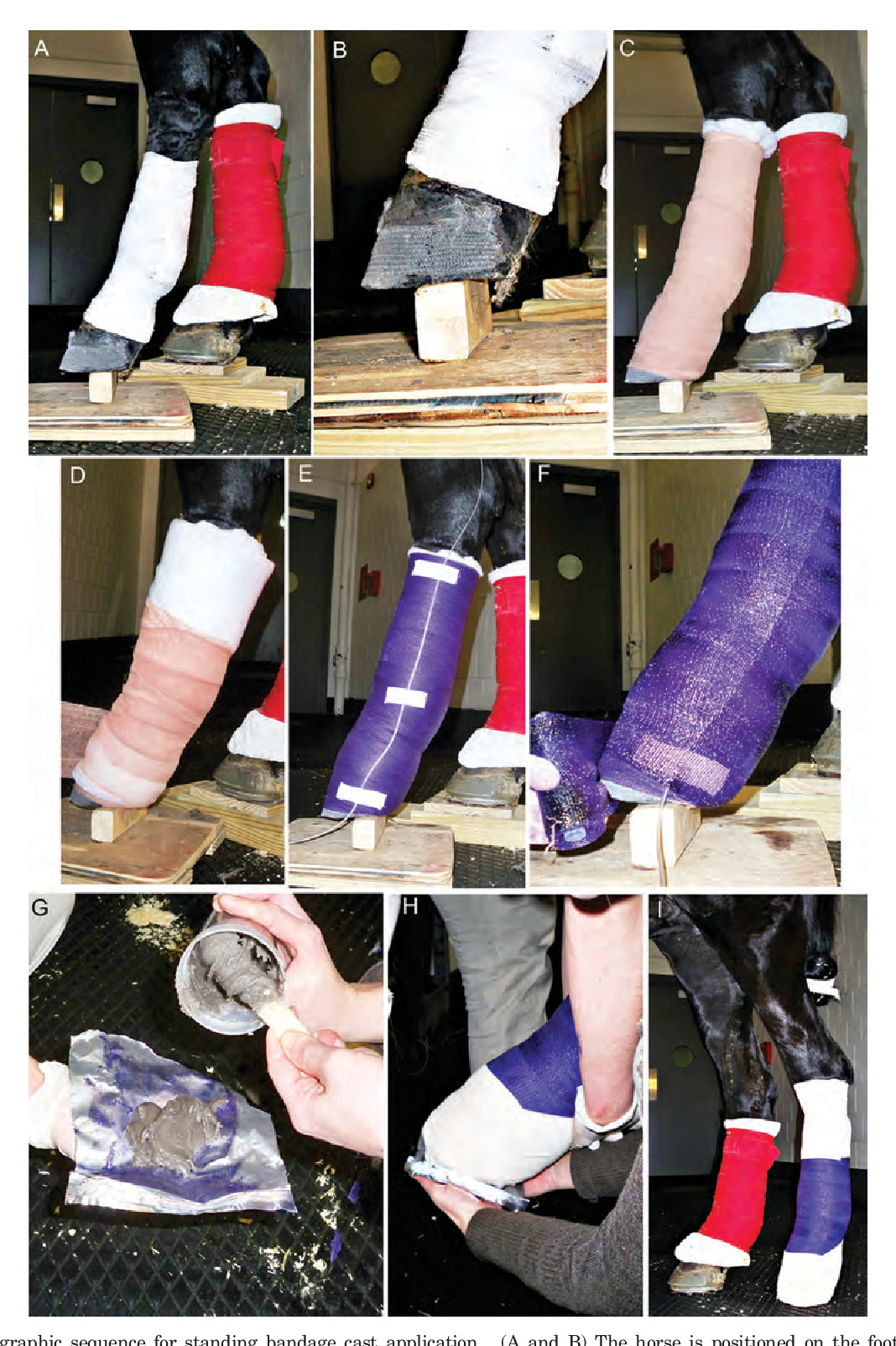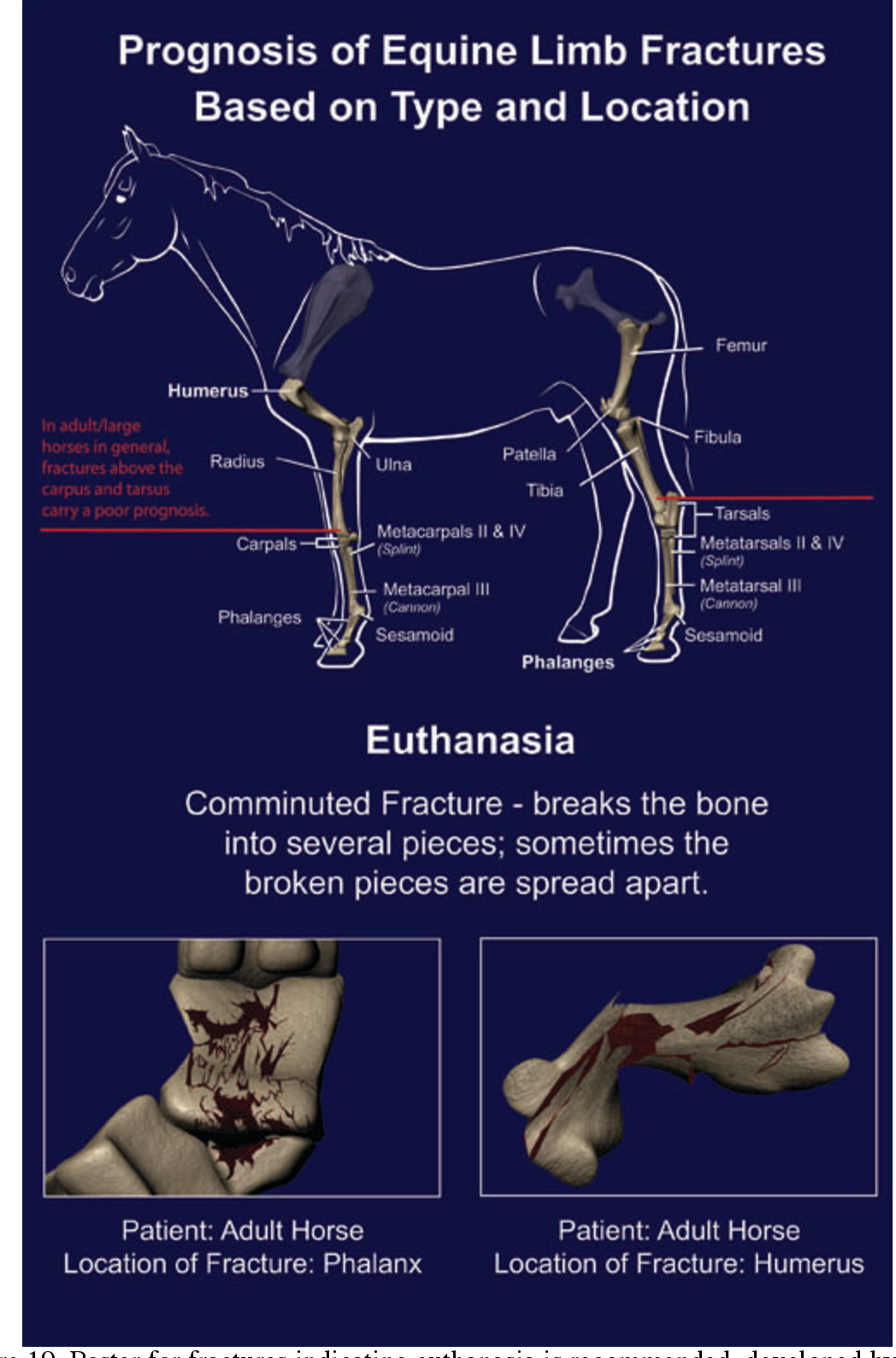Horses are magnificent animals known for their strength, grace, and beauty. They have been a part of human history for centuries, serving as loyal companions, transportation, and working animals. However, despite their remarkable qualities, horses are susceptible to various health and safety concerns. One such issue is when a horse becomes “cast.” This term is often used in equestrian circles, but it may not be familiar to everyone. In this article, we will explore what it means when a horse gets cast, why it happens, and how to prevent and address this situation.
What Does It Mean When A Horse Gets Cast?

When a horse becomes cast, it means that the animal has accidentally lain down in a position where it is unable to rise again. This can occur when a horse lies too close to a wall, fence, or other obstruction, making it challenging for the horse to gain leverage and stand up. When a horse is cast, it may struggle and become distressed, posing a potential danger to its well-being. It is important for horse owners and caretakers to understand the implications of a horse getting cast and how to respond effectively to ensure the animal’s safety.
Understanding the Dangers of Being Cast

Being cast is a serious situation for a horse, as it can lead to various health risks and complications. When a horse is unable to stand up, it may experience physical discomfort, stress, and even panic. Prolonged immobility in a cast position can result in circulation problems, muscle fatigue, and potential injuries to the horse’s limbs and body. Additionally, a cast horse may be at risk of developing pressure sores and respiratory issues due to its restricted movement and compromised position. Therefore, it is crucial to recognize the dangers associated with a horse being cast and take prompt action to address the situation.
Causes of a Horse Getting Cast

Several factors can contribute to a horse becoming cast. One common cause is inadequate space or inappropriate resting areas within a barn or stable. If the available space for a horse to lie down is limited or if there are obstacles close to the resting area, the likelihood of a horse getting cast increases. Additionally, uneven or slippery flooring can make it challenging for a horse to rise from a lying position, leading to the risk of being cast. Other factors such as overcrowding in a confined space and the behavior of other horses in the vicinity can also play a role in causing a horse to become cast.
Recognizing When a Horse is Cast

It is essential for horse owners and handlers to be able to identify when a horse is cast so that they can intervene promptly. Some common signs that a horse is cast include frantic movements, kicking or thrashing, vocal distress, and repeated attempts to stand up without success. In some cases, a cast horse may exhibit signs of exhaustion or resignation as it struggles to free itself from its confined position. Careful observation and understanding of a horse’s behavior can help in recognizing when it is in distress due to being cast.
Preventing Horses from Getting Cast

Preventive measures can significantly reduce the risk of horses getting cast. Adequate space and appropriate resting areas are essential to ensure that horses have enough room to lie down and rise without encountering obstacles. Stalls and turnout areas should be designed and maintained to minimize the likelihood of a horse becoming cast. This includes ensuring that flooring is level, non-slip, and free from obstructions. Regular monitoring of horses during rest periods can also help in identifying and addressing potential casting situations before they escalate.
Responding to a Cast Horse

When a horse is found to be cast, it is crucial to remain calm and take immediate action to assist the animal. The first step is to carefully assess the situation and determine the best approach to help the horse stand up without causing further harm. It may be necessary to enlist the help of additional personnel to support the horse and provide guidance in facilitating its movement. Using bedding, ropes, or other aids to create a safe and supportive environment for the horse can aid in its attempts to regain a standing position. It is important to avoid rushing or forcing the horse, as this can lead to injuries or exacerbate the distress of the animal.
Seeking Veterinary Assistance
In some cases, a horse may sustain injuries or experience physical strain as a result of being cast. Even if a horse appears to have successfully stood up after being cast, it is advisable to have a veterinarian assess the animal to ensure that it has not suffered any internal or musculoskeletal damage. Veterinary professionals can provide the necessary care and treatment to address any potential health concerns arising from the casting incident. Timely intervention and medical attention can contribute to the well-being and recovery of a horse that has been cast.
Educating Horse Handlers and Caretakers
Proper education and training of individuals responsible for the care and management of horses are essential in preventing and addressing casting incidents. Horse handlers and caretakers should be informed about the risks associated with horses getting cast and instructed on best practices for creating safe and suitable environments for equine rest and movement. Regular training sessions and discussions on handling emergency situations, including dealing with cast horses, can equip individuals with the knowledge and skills needed to respond effectively and minimize potential harm to the animals under their care.
Creating Horse-Friendly Environments
The design and maintenance of equine facilities play a significant role in promoting the well-being and safety of horses. Creating horse-friendly environments involves thoughtful planning and implementation of measures to prevent casting incidents. This includes evaluating the layout of stalls, paddocks, and turnout areas to ensure that they are spacious, obstacle-free, and equipped with suitable footing. Adequate lighting, ventilation, and access to water and forage are also essential elements of a horse-friendly environment that supports the natural behaviors and needs of horses.
Building Trust and Understanding
Establishing trust and understanding between humans and horses is fundamental in fostering a positive and cooperative relationship. When horses feel secure and comfortable in their surroundings, they are less likely to exhibit behaviors that can lead to casting incidents. Building trust through gentle and consistent handling, appropriate training, and attentive care promotes a sense of confidence and relaxation in horses, reducing the likelihood of stress-related behaviors that may contribute to casting situations. By nurturing a bond based on mutual respect and communication, horse owners and handlers can cultivate an environment where horses thrive and feel safe.
Curious about horse behavior in dreams? Explore our articles on horse bows, horse mouth gestures, and horse licking to gain insight into the fascinating symbolism of horses in dreams!
Conclusion
In conclusion, the term “casting” refers to the situation where a horse becomes trapped in a position from which it cannot rise. This occurrence poses significant risks to the well-being of the horse and requires prompt intervention to ensure the animal’s safety and health. Understanding the causes of horses getting cast, recognizing the signs, and implementing preventive measures are crucial in minimizing the occurrence of casting incidents. Responding effectively to a cast horse and seeking veterinary assistance when necessary are essential components of proper care and management. By promoting education, creating horse-friendly environments, and building trust and understanding, horse owners and caretakers can contribute to the well-being and welfare of their equine companions. Ultimately, a proactive and informed approach to addressing casting situations reflects a commitment to the welfare and happiness of horses in our care.



